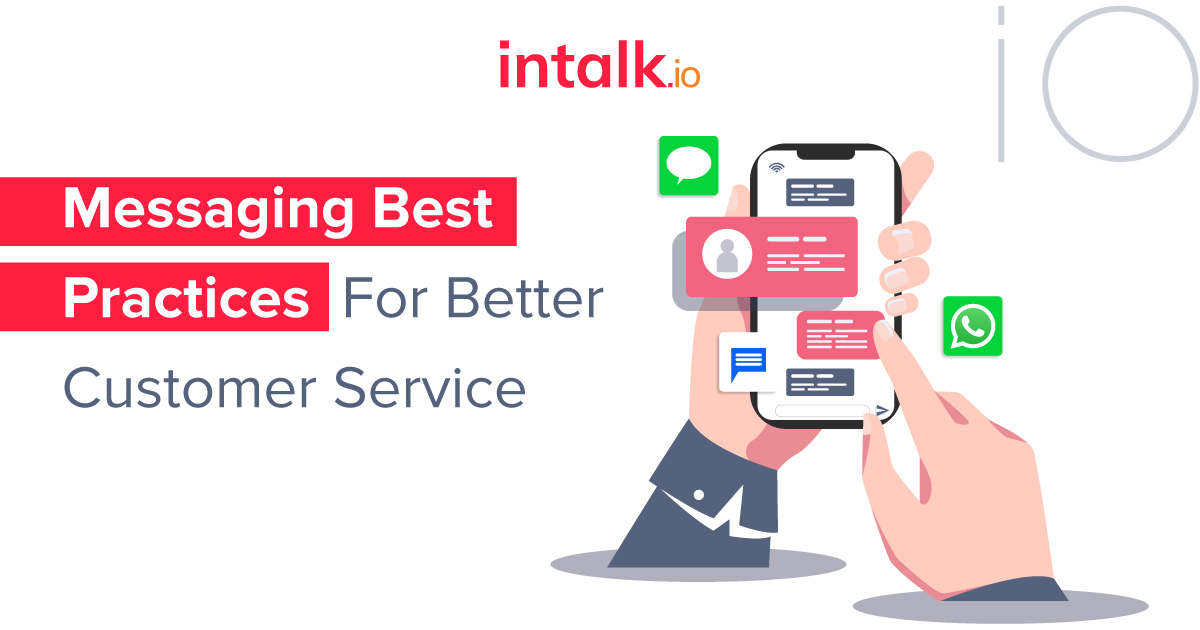What is messenger-based CX?
Chatbots and messaging platforms are changing the way companies interact with their customers. The convenience of messaging apps, combined with the personalization and customization that they offer, have made them a popular option for businesses looking to improve customer service.
But while almost every company has a messaging app these days, many still struggle to make it work effectively for their business.
Why choose messenger-based customer service?
Messenger-based customer service is a new way of thinking about the customer experience. It has the potential to revolutionise the way we handle support and can help you create an excellent digital user experience.
Messenger-based service allows users to chat with agents directly through the cloud contact center solution. It’s similar to other messaging apps like WhatsApp, Telegram and Skype, but it provides a more secure environment for businesses and customers involved in the conversation.
With messenger-based CX, your customers can get answers to their questions quickly and easily — without having to go through a lengthy phone tree or wait on hold. This makes it an ideal option for businesses such as banking, Ecommerce sites, etc. that want to improve their customer service offerings without breaking the bank.
Here are 8 Best Practices to achieve messenger based CX by integrating it in your existing call center software
1. Choose the most popular messaging apps in your region. WhatsApp, WeChat are already popular and Google My Business is picking up
A variety of messaging apps are used in different regions to stay connected with friends, family, and businesses. A recent trend in messaging apps has resulted in a number of different options for consumers. To help you reach the right audience, you need to be available across their favourite social media platforms – WhatsApp, WeChat and even Google My Business.
2. Use a single verified business number for messenger based communication
In order to provide consistent and trusted customer experience, you should set up a single verified business number that customers can use to contact your business. This way, they won’t have to go through the hassle of trying to figure out which number they should be calling or emailing. It also reduces the chances of having an unverified number listed online. You can get your number verified with intalk.io Truecaller for Business.
3. Divert traffic to the messenger from all traditional channels such as putting IVR messages on WhatsApp
One of the best ways to grow your messenger is by getting more people into it. To do this, you need to divert traffic from other channels and send them straight over to your Messenger. One way you can do that is by sending IVR messages, sending chat links via SMS, listing the number on your website, etc.
4. Apply Chatbots on Messenger to automate responses
Bots can help you save time while providing an excellent experience for your customers. The bot will answer basic questions and handle simple tasks that do not require human intervention. By automating routine tasks, bots allow contact center agents to focus on providing high-quality support when needed.
5. Integrate with your CRM for personalised responses
Integration between your messaging app and CRM allows you to send relevant and contextual information about past interactions directly into the conversation thread — making it easier for agents and customers alike. This allows you to close more deals faster by reducing back-and-forths between agents and customers. intalk.io is equipped with Salesforce CTI integration, ZOHO telephony API, Freshdesk phone integration and more.
6. Answer customers quickly
The ultimate best practice for great customer service on messenger is answering messages quickly. You can do this by creating rules that assign messages based on their content or urgency level and/or by having a dedicated agent online at all times who can respond immediately as customers message in.
7. Embed messaging into your web and mobile properties
The next step is embedding chat functionality into your website so that customers can start conversations with you directly from your website or mobile app. This will help them get answers more quickly than if they had to make an appointment or wait for someone to call them back later. It also gives you the opportunity to collect information about them (like contact information) so that you can follow up later with more personalised content like targeted ads or emails.
8. Prepare your staff for a messaging-first world
The shift from email to messaging is happening quickly — so quickly that many businesses are struggling to keep up with their customers’ needs. If you’re not prepared, you risk losing customers altogether. It is not enough to provide training on how to use the new technology; your employees also need guidance on how to respond in a way that makes the customers feel heard and valued by the company. A good starting point would be an introductory session on empathy and active listening skills.
Conclusion
The customer service experience is shifting, and it’s time to prepare. As a CX lead, how are you reacting to this shift? Today, most companies have a web presence, call presence and an email address that customers can use to contact them with questions and concerns. But what if the future of customer service isn’t through email? What if it’s through messaging apps?
Messenger Based CX is the logical next step for the evolution of customer experience. Hop on the changing trend. Today more than ever before, customers expect businesses to be available on their terms — and that includes being available 24/7 through multiple channels.
To book an appointment with our messaging expert, click here.





